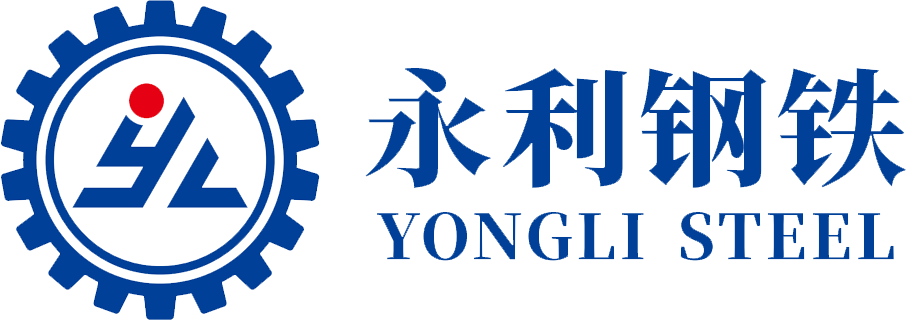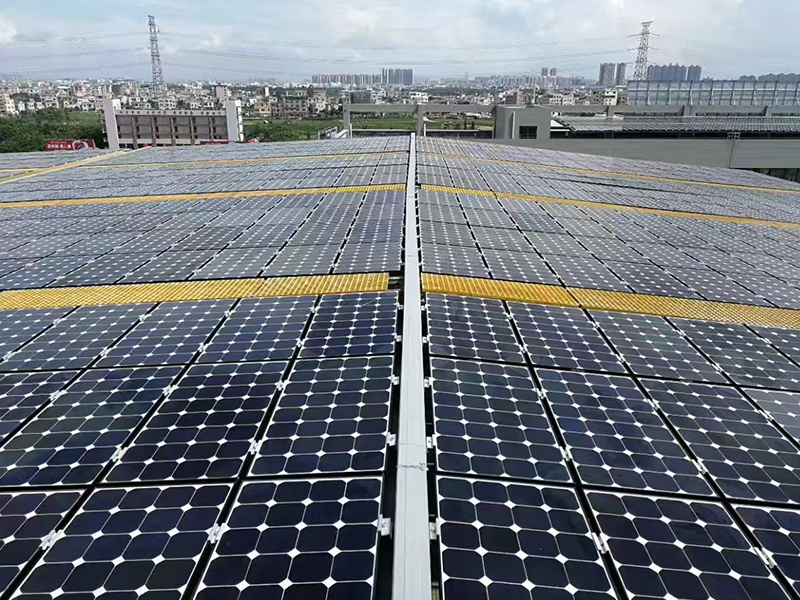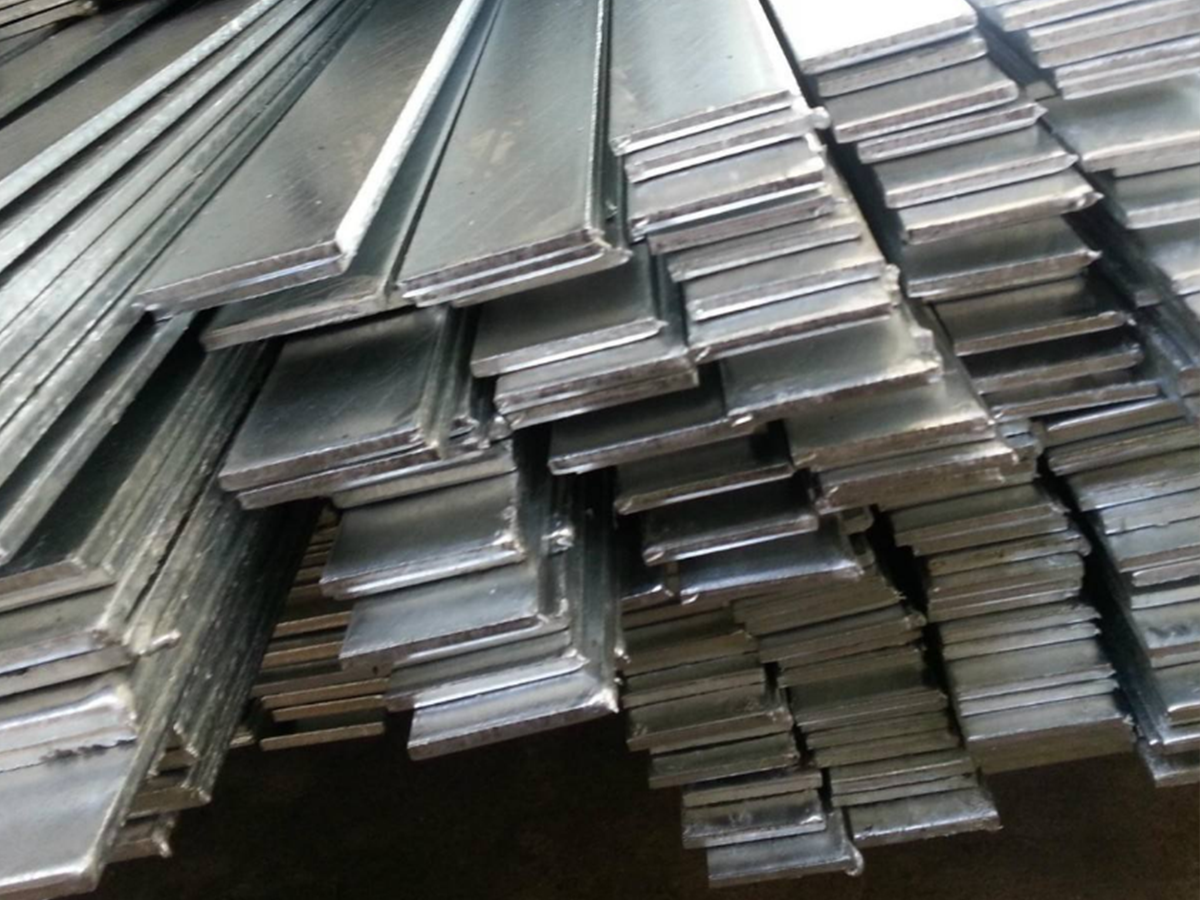Standards for flat steel:
GB/T 700-2006
GB/T 1591-2008
GB/T 11253-2007
GB/T 2101-2008
GB/T 2975-1998
GB/T 4336-2002
Flat steel is a type of steel with a rectangular cross-section and slightly blunt edges, processed through hot rolling, cold rolling, or cold drawing. Export processing services such as threading, pipe cutting, heading, chamfering and diameter reduction, color banding, changing markings, oiling and painting, packaging, and crating can be provided.
Category:
Keywords:
Flat steel

Descriptions
Product Introduction
Flat steel is a steel material with a rectangular cross-section and slightly blunt edges, processed through hot rolling, cold rolling, or cold drawing. During production, the steel billet is heated and then rolled by a specific rolling mill to gradually compress it into the required width, thickness, and length specifications. According to different production processes and performance requirements, flat steel can be divided into hot-rolled flat steel, cold-rolled flat steel, and cold-drawn flat steel. Its specifications are usually expressed in millimeters as "width × thickness", such as "30×5", which refers to flat steel with a width of 30 millimeters and a thickness of 5 millimeters. This steel material, with its regular shape and various sizes, plays an indispensable role in numerous fields.
Product Advantages
Good Mechanical Properties and Load-Bearing Capacity
Flat steel has high strength and certain toughness, exhibiting stable performance under pressure, tension, and bending. Its rectangular cross-section design provides good bending resistance in the width direction, effectively dispersing stress and preventing deformation. In building structures, flat steel can be used as support and connecting components, bearing loads transmitted from floors and roofs and transferring them to the building's foundation structure; in mechanical manufacturing, it is used to manufacture components that withstand certain external forces, such as mechanical brackets and connecting pieces, providing reliable assurance for the stable operation of equipment.
Convenient Processing and Precise Dimensions
Flat steel has excellent processing properties and can be processed through various methods such as cutting, welding, drilling, and bending. Cutting operations can accurately cut flat steel to the required length, meeting the dimensional requirements of different projects; welding technology can firmly connect multiple sections of flat steel to construct complex structural systems; drilling and bending can create components with specific shapes and functions according to design requirements. At the same time, modern production processes ensure that flat steel has high dimensional accuracy, with small errors in width and thickness, and good surface flatness. This makes it easier to ensure quality during processing, reduces installation problems caused by dimensional deviations, and improves construction and production efficiency.
Flexible Installation and Strong Combinability
Flat steel has a regular shape and flexible installation methods. It can be connected to other structural components through welding, bolted connections, riveting, etc. During actual construction or equipment assembly, construction personnel can choose the appropriate connection method according to the specific situation and design requirements. Flat steel of different specifications can also be used in combination. Through reasonable matching, it can meet various complex force and structural needs. When building steel structure platforms, using flat steel of different widths and thicknesses to form frames and support structures can improve the platform's load-bearing capacity and optimize the structural layout, fully utilizing the performance advantages of flat steel.
Cost-Effectiveness and Wide Applicability
Flat steel has mature production processes and widely available raw materials, resulting in relatively low production costs. While meeting the needs of most engineering and production projects, it has high cost-effectiveness. Compared with some special steel materials, flat steel can provide reliable performance at a more economical price, saving project costs. At the same time, flat steel comes in various specifications, ranging from narrow and thin to wide and thick, making it widely applicable to the needs of different industries and scenarios. Whether it's small handicraft projects or large-scale industrial construction projects, suitable specifications of flat steel can be found, greatly expanding the application range of flat steel.
Diverse Surface Treatments
To adapt to different usage environments and functional requirements, flat steel can undergo various surface treatments. Common treatments include galvanizing, painting, and spraying anti-rust coatings. Galvanizing significantly improves the corrosion resistance of flat steel, making it suitable for outdoor, humid, or corrosive environments; painting and spraying anti-rust coatings can provide flat steel with different colors and protective properties according to different decorative needs and protection requirements, enhancing both the aesthetics and extending the service life of flat steel. Through diverse surface treatments, flat steel can better meet the personalized needs of various projects.
Industry Applications
Construction Industry
Steel Structures: In steel structure buildings, flat steel is one of the commonly used materials. It can be used to make connecting plates for steel beams and columns, strengthening the connection strength and stability of the structure; as components of the support system, it bears the load transfer in the horizontal and vertical directions; it can also be used to make building stair treads, railings, and other components, providing safety protection while having a certain decorative effect. In the construction of industrial plants, flat steel is often used to make purlins for walls and roofs, providing support for color steel plates or other roofing materials to ensure the stability of the building's enclosure structure.
Building Embedded Parts: Flat steel is often used as building embedded parts. During concrete structure construction, flat steel is pre-embedded in the concrete, and through connection with other components, reliable connection and force transfer between different structures are achieved.
Mechanical Manufacturing Industry
Equipment Frames and Bases: In the manufacturing of various mechanical equipment, flat steel is used to make equipment frames and bases. For example, machine tools and automated production line equipment require frames and bases with high strength and stability to support the various components of the equipment and ensure that the equipment can withstand various forces during operation without deformation. Through reasonable design and processing, flat steel can meet the requirements of equipment frames and bases for structural strength and precision, providing reliable assurance for the normal operation of mechanical equipment.
Mechanical Components: Many mechanical components are made from flat steel. Through cutting, bending, and drilling processes, flat steel can be made into mechanical parts of various shapes, such as connecting pieces and brackets for mechanical arms, and guides and roller supports for conveying equipment. These components utilize the strength and processing properties of flat steel to meet the force requirements during mechanical operation, while also reducing the manufacturing cost of components and improving production efficiency.
Power Engineering Industry
Grounding System: In power engineering, flat steel is the main material for making grounding electrodes and grounding wires. Its good conductivity and corrosion resistance ensure the stable operation of the grounding system, safely introducing the grounding current of electrical equipment into the ground, ensuring the safety of equipment and personnel. Flat steel grounding electrodes and grounding wires form a grounding network through welding or bolted connections, widely used in grounding systems of substations, transmission lines, and buildings.
Cable trays and brackets: Flat steel can be used to make the frames and brackets of cable trays. Cable trays are used to lay and protect power cables, control cables, etc. The frame structure built with flat steel is strong and can bear the weight of the cables, and provides good protection for the cables, preventing them from being damaged by external forces. At the same time, flat steel brackets facilitate the installation and fixing of cable trays, and can be flexibly adjusted according to the direction and laying requirements of the cables to ensure the orderly laying and safe operation of the cables.
Hardware and daily necessities
Hardware accessories: In the hardware industry, flat steel is widely used to make various hardware accessories, such as hinges, hinges for doors and windows, connecting pieces for locks, etc. The strength and processing performance of flat steel enable it to meet the requirements of hardware accessories for structural strength and precision. Surface treatment can also improve the appearance and corrosion resistance of the accessories, extending their service life.
Daily necessities: Some daily necessities also use flat steel, such as furniture frames, clothes racks, shelves, etc. Furniture frames and shelves made of flat steel have the characteristics of stable structure and strong load-bearing capacity, which can meet the needs of daily use; at the same time, their simple appearance and processability make it easy to design various styles and functions of daily necessities, bringing convenience to people's lives.
Agriculture and horticulture industry
Agricultural facilities: In agricultural production, flat steel is used to make the skeletons of agricultural greenhouses and the supporting structures of breeding fences. The agricultural environment has high humidity and may come into contact with corrosive substances such as fertilizers and pesticides. Flat steel with surface treatment can be used for a long time in this environment, ensuring the structural stability of agricultural facilities, reducing maintenance costs, and creating reliable environmental conditions for crop growth and livestock and poultry farming.
Landscape gardening: In landscape gardening construction, flat steel can be used to make frames, railings, and flower racks for garden ornaments. The processing performance of flat steel allows it to produce garden landscape components with various unique shapes, adding artistic atmosphere to the garden; at the same time, its strength and durability can ensure the long-term use of landscape facilities in outdoor environments, improving the quality and safety of landscape gardening.
Related Product
Q&A

Yong Li Steel (Tianjin) Co., Ltd. is a modernized steel enterprise integrating steel


the company has advanced production equipment


Tianjin, the company has advanced production equipment


Yong Li Steel (Tianjin) Co., Ltd. is a modernized steel enterprise integrating steel production

Consult
We will contact you within one working day. Please pay attention to your email.









